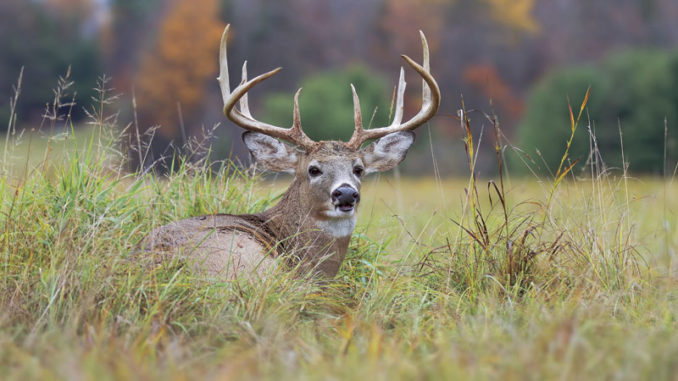
NC Game Lands deer preview


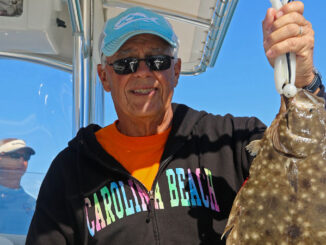
A lot of controversy surrounds North Carolina’s flounder fishery. Will it get any better? […]
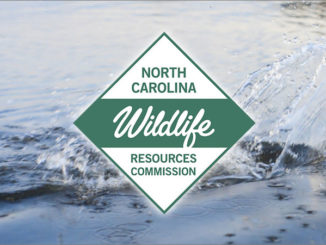
Here’s a look at the Pechmann Center’s fishing course schedule for May 2024. […]
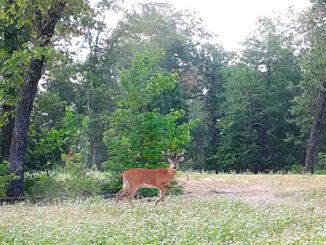
When creating new food plots for wildlife, preparing the land properly is one of the main keys to success. […]
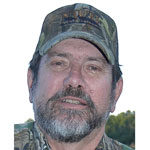
Copyright 1999 - 2024 Carolina Sportsman, Inc. All rights reserved.
Be the first to comment